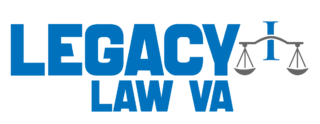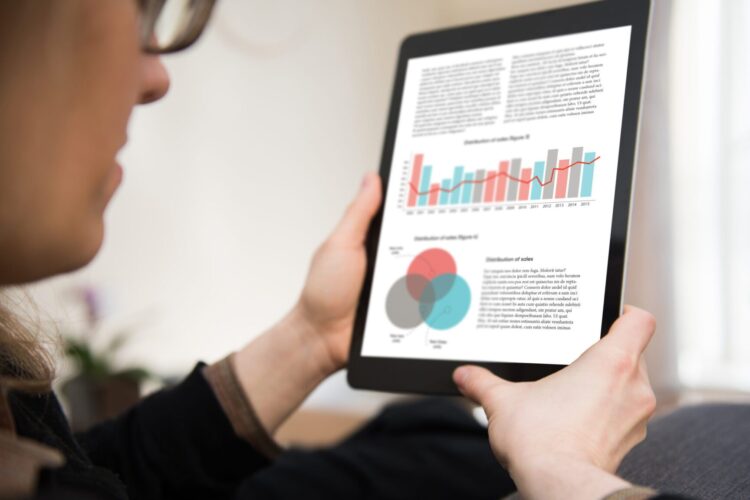Patent prosecution is a critical step in protecting an invention, but it comes with several challenges that inventors and their legal teams must navigate. Successfully overcoming these hurdles can mean the difference between securing a valuable patent and seeing an application rejected or delayed indefinitely. Here our Intellectual Property Lawyer explores some of the common challenges in patent prosecution and provides insights on how to address them effectively.
- Patent Eligibility and Subject Matter
One of the first hurdles in patent prosecution is determining whether the invention is patentable under the relevant jurisdiction’s laws. Not all inventions qualify for patents, particularly if they fall under abstract ideas, laws of nature, or natural phenomena.
Solution: Clearly define the inventive concept and differentiate it from prior art. Working closely with a skilled patent attorney can help identify the novelty in your invention and present it in a way that aligns with patent eligibility standards.
- Prior Art and Novelty Rejections
The United States Patent and Trademark Office (USPTO) often rejects applications based on prior art, arguing that the invention is not sufficiently different from existing technologies. Overcoming these rejections requires careful examination of cited prior art and detailed arguments as to why the invention is unique.
Solution: A thorough patent search before filing can help identify potential prior art. If prior art is cited during prosecution, detailed arguments that emphasize the distinctions between the invention and prior references are key. Amendments to claims might also help highlight the novelty.
- Obviousness Rejections
Another common issue in patent prosecution is the rejection of claims based on obviousness. The examiner may argue that even though the invention is novel, it would have been an obvious improvement to someone skilled in the field.
Solution: Combating obviousness rejections requires a well-drafted response. Highlighting unexpected results, the complexity of the invention, or the technical challenges that were overcome can support the argument that the invention is not obvious. Expert declarations and technical evidence can also strengthen your case.
- Claim Clarity and Precision
Patent claims define the scope of protection, and ensuring they are clear and precise is critical. Examiners often issue rejections based on unclear or overly broad claims, which can lead to protracted prosecution and eventual rejection.
Solution: Draft claims with a focus on clarity and specificity. Avoid ambiguous language and ensure that each term is fully supported by the detailed description in the application. Proper claim drafting and strategic amendments during prosecution can streamline the process and minimize rejections.
- Patent Examination Delays
Delays in the examination process can be frustrating, especially when time-sensitive inventions are involved. Backlogs at the patent office or the need for multiple rounds of office actions can slow down the prosecution process.
Solution: One option is to use programs such as Track One prioritized examination offered by the USPTO to expedite the process. Additionally, a proactive approach to responding to office actions, including early and detailed responses, can reduce the risk of prolonged delays.
- Dealing with Restriction Requirements
Examiners sometimes issue restriction requirements when they believe an application contains more than one distinct invention. This forces the applicant to elect one invention for prosecution, potentially delaying or complicating the protection of other aspects of the invention.
Solution: Before filing, consider whether it makes sense to divide the invention into multiple applications to avoid restriction issues. If a restriction requirement is issued, careful consideration should be given to which invention to pursue first and how to preserve the opportunity to seek protection for the others.
- Costs of Prosecution
Patent prosecution can be expensive, with fees accumulating over time for responses to office actions, amendments, and appeals. Budget constraints can limit the ability to prosecute the application effectively.
Solution: Proper planning and budgeting are essential. Discussing a long-term prosecution strategy with your patent attorney can help anticipate costs. Additionally, small entities and micro-entities may qualify for reduced fees with the USPTO, potentially easing the financial burden.
Conclusion
Navigating the complexities of patent prosecution requires both technical and legal expertise. Each stage of the process presents unique challenges, but with the right strategies and guidance, these challenges can be overcome.
For businesses and inventors, working with a knowledgeable patent prosecution attorney ensures that your application stands the best chance of success, maximizing the protection of your innovation and minimizing the risk of costly delays.
By anticipating potential roadblocks and addressing them proactively, you can significantly improve your chances of securing a patent.

